'No explanation as to why': Nevada federal funding recipients navigating freezes
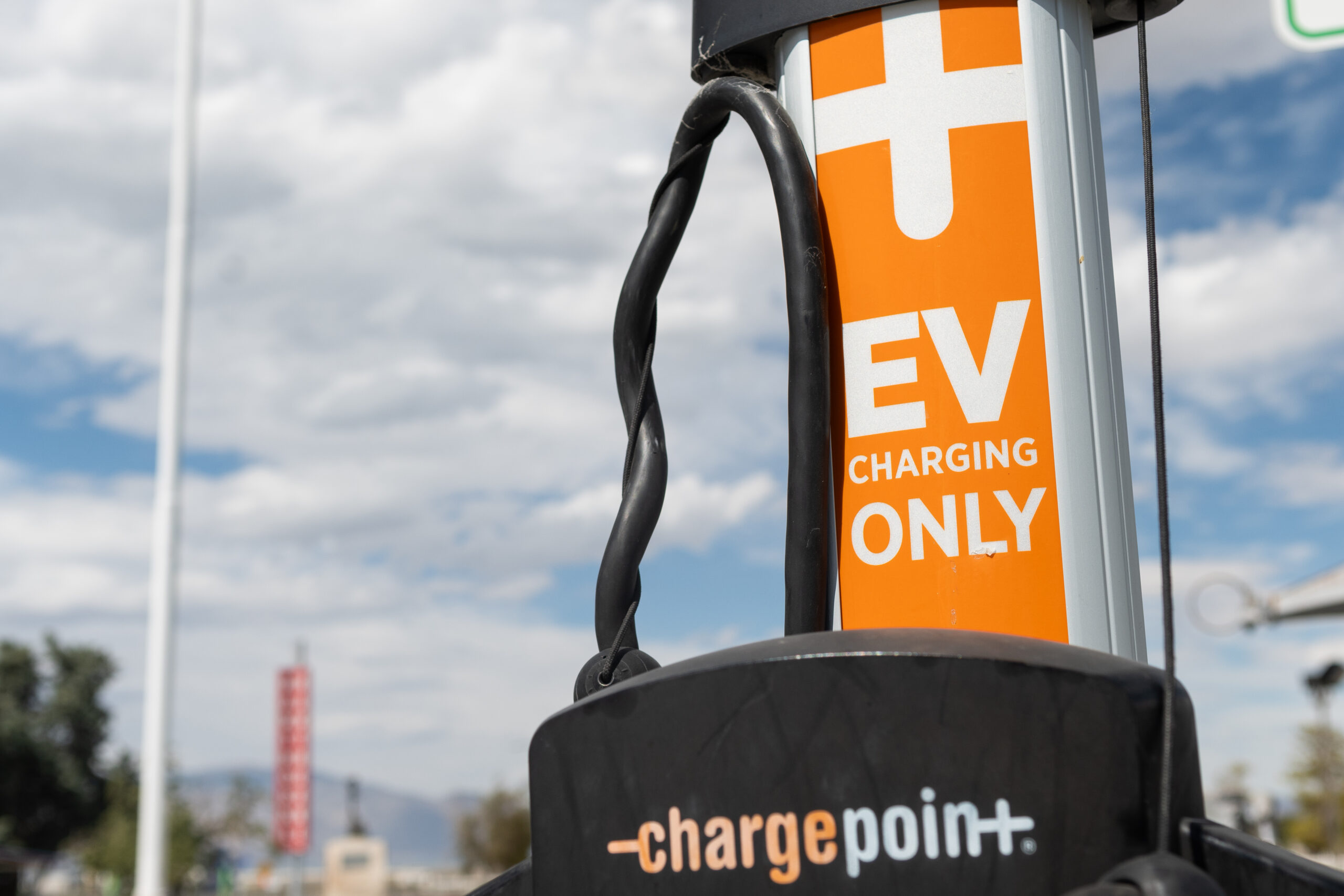
Good morning, and welcome to the Indy Environment newsletter. I'm Amy Alonzo, the environment reporter for The Indy.
As always, we want to hear from readers. Email me at [email protected].
To get this newsletter in your inbox, subscribe here.
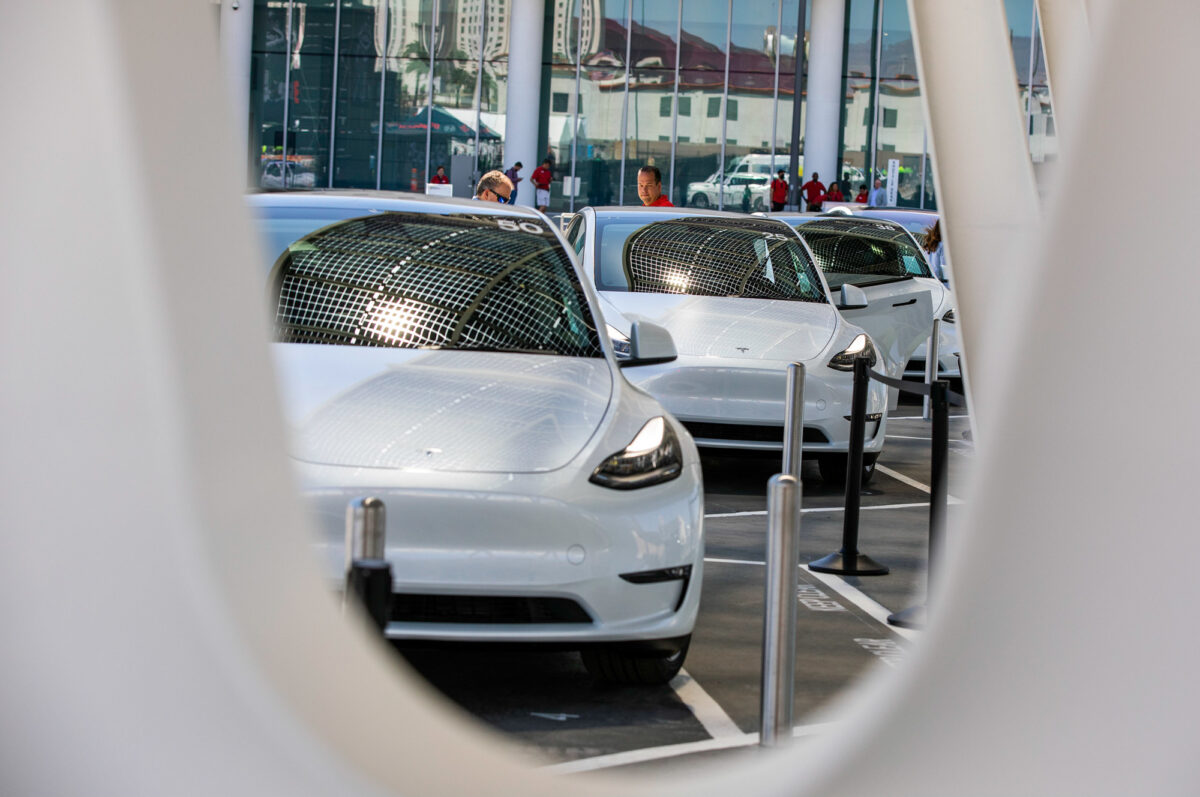
President Donald Trump’s Unleashing American Energy executive order — designed to “unleash America’s affordable and reliable energy and natural resources” — has done the opposite for many Nevada programs.
The expansive Jan. 20 order put the brakes on financial disbursements under President Joe Biden’s Infrastructure Investment and Jobs and Inflation Reduction acts, a move that affects dozens of initiatives across Nevada.
A list compiled by the Nevada Conservation League and shared with The Nevada Independent shows an expansive number of nonprofit organizations, state and local agencies, agricultural producers, small businesses and others across Nevada that rely on federal funding for projects ranging from programs that provide low-income households with firewood to those that enhance street safety.
Two programs that I’ve written about before caught my attention because they picked up where failed legislatively mandated programs left off — one to build electric vehicle (EV) charging stations along the state’s highways and another to help grow residential and community solar programs.
'Ready to spend some money'
In 2022, the Nevada Department of Transportation (NDOT) was poised to begin constructing EV charging stations along the state’s interstates and highways, but a notice from the Federal Highway Administration has suspended the program.
“We’re at the point where we are ready to spend some money and the president has shut down our program for the time being,” Kandee Worley, division chief of sustainability and emerging transportation at NDOT, told Nevada lawmakers this month.
Nevada was awarded $38 million through the National Electric Vehicle Infrastructure (NEVI) program to fund 80 percent of construction costs for between 38 and 45 charging stations, with buildout to begin this year. But the funding wasn’t awarded upfront — instead, it would be paid upon completion of NEVI-compliant projects. (It is standard for funding to be paid after construction for formula grant-based reimbursement programs.)
Only about 1 percent of the nation’s electric vehicle charging stations are in Nevada, primarily in urban areas. Nevada’s remote highways pose a challenge to EV drivers, who sometimes must go hundreds of miles between charging stations.
The program would have aided a stalled effort by NV Energy to accelerate buildout of electric infrastructure, including 120 EV charging stations, that lawmakers pushed for in a massive 2021 energy bill (SB448). Five sites have been constructed thus far, according to the utility, with an additional 35 sites under design or construction. But NDOT’s electrification plan would have picked up where the utility’s program dropped off.
'No explanation as to why'
Federal funding for the Nevada Clean Energy Fund’s (NCEF) Solar For All program, which is designed to help with solar installations on single-family homes and affordable housing developments, as well as community solar projects and workforce development, has been frozen and unfrozen multiple times within the past week.
As of publication, the funding was frozen, along with money for its clean bus program and to assist with home energy upgrades and new water infrastructure for the Walker River Paiute Tribe.
In 2017, Nevada lawmakers passed SB407, establishing the Nevada Clean Energy Fund to help finance clean energy projects statewide. The nonprofit organization launched in early 2022 and quickly brought in millions of dollars in federal funding, including $156 million for statewide solar projects.
The fund launched the workforce training portion of its program in December, and solar projects installed through the program were expected to help at least 20,000 households reduce their electric bills by 20 percent.
During the last week, NCEF staff went from “actively tracking the administration’s policies and associated federal litigation to identify and mitigate any effects on our programs” to regaining access to the full $156 million, “ensuring continued investment in solar energy projects across Nevada,” to have it paused again with “no explanation as to why,” Janette Zambrano, NCEF’s senior manager of community engagement, said in an email.
It also affects a state effort to build out community solar projects, which allow individuals or businesses to subscribe and benefit from a single solar array, rather than install individual panels.
In 2019, state lawmakers passed a bill that required NV Energy to build between six and 20 community solar projects across the state, but thus far, less than a handful have been built. (The utility released wrapped up nominations for another round of construction, with four additional projects in the works.)
In previous interviews with The Nevada Independent, the utility said it was partnering with the Nevada Clean Energy Fund to leverage federal funding to build additional community solar projects, with timing being determined by how quickly the money arrived.
But with the confusion surrounding federal funding, recipients are navigating the uncertainty in real time. Some are discouraged, others optimistic.
“Our commitment remains steadfast in implementing these funds to benefit Nevada communities,” Zambrano said.
How that happens remains to be seen.
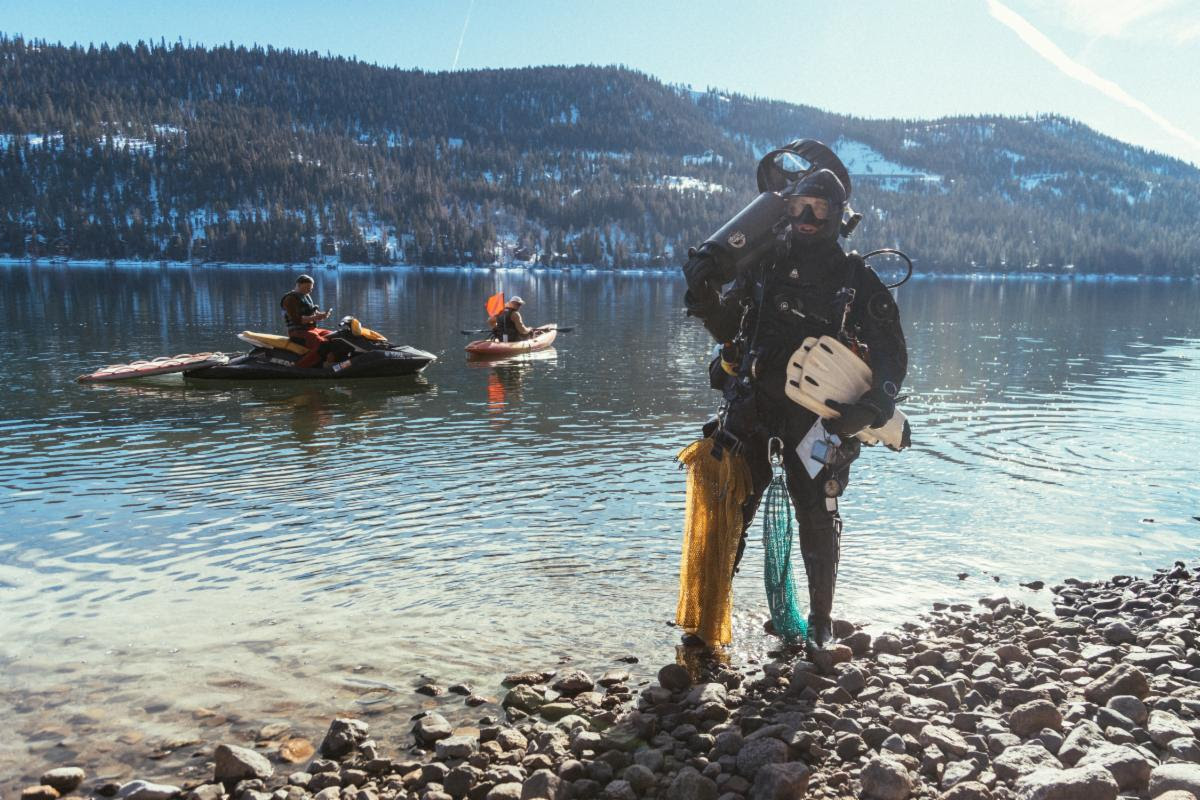
In the weeds:
O Christmas tree — The 2025 U.S. Capitol Christmas tree will come from Nevada’s Humboldt-Toiyabe National Forest, marking the first time the nation’s Christmas tree has been harvested in the Silver State.
The tradition of selecting a Capitol Christmas tree began in 1964 — each tree must meet specific qualifications to be selected.
Spanning more than 6 million acres, the Humboldt-Toiyabe National Forest is the largest forest in the continental United States.
Going up — Washoe County’s greenhouse gas emissions are on their way up, increasing 40 percent between 2014 and 2021, according to a new inventory by the county.
Combined, energy generation and transportation account for nearly all (94 percent) of the county’s emissions. A new countywide climate action plan aims to help reduce emissions.
Deep cleaning — A nonprofit’s Donner Lake Deep Cleaning Project has extracted nearly 15,000 pounds of trash thus far from the lake’s deeper depths, using diver propulsion vehicles to move faster and nitrox gas to stay submerged for longer (methods that will be used at Lake Tahoe later this season).
To date, divers with Clean up the Lake have spent 11 days in water temperatures as low as 36 degrees cleaning the debris, including marking 157 heavy lift items — each weighing 75 pounds or more — to be extracted at a later date.
Pet protection — Clark County is implementing a number of code requirements aimed at reducing the number of animals entering overcrowded shelters.
Effective Feb. 18, the county is increasing penalties for illegal breeding, increasing breeder permit fees and prohibiting the sale of animals in certain locations such as outdoor markets and parking lots.
And to enhance animal and handler safety, starting this summer, Clark County code will require all dogs and cats older than 4 months to be microchipped. Starting next year, boarding and grooming facilities must complete free, county-provided animal handler training every two years.
Historic preservation — The Black Springs Volunteer Firehouse, which served as the only firehouse in the predominantly Black neighborhood of Black Springs in Reno, has been listed on the National Register of Historic Places.
With ties to Nevada’s first Black fire chief, the community-built firehouse, located in North Valleys north of Reno, is a “symbol of resilience and community strength in the face of hardship and discrimination,” according to the Nevada Department of Conservation and Natural Resources. Black Springs was developed in the 1950s, a time when Black residents were limited in their ability to purchase property in Reno and Sparks. The firehouse operated from 1970 through the mid-1980s.
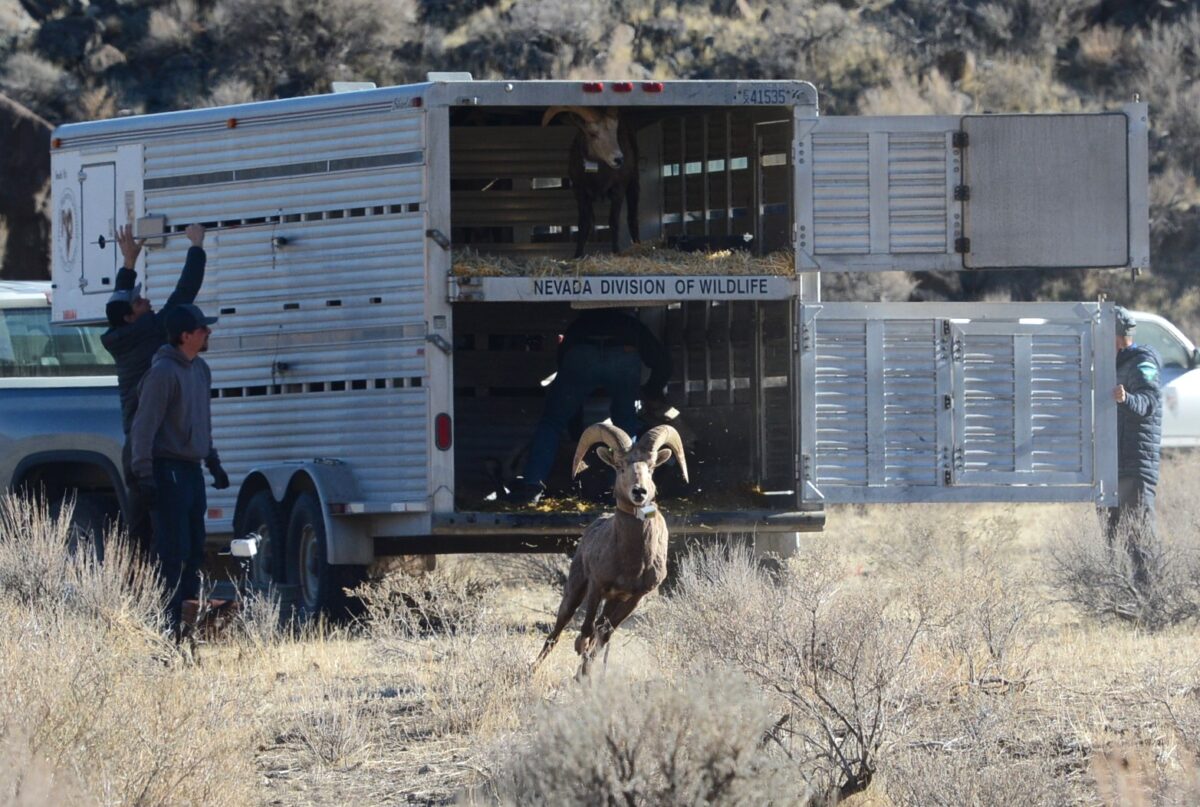
ICYMI:
‘A keystone species’: How Nevada is fighting bighorn sheep population decline
11 years after a celebrated opening, massive solar plant faces a bleak future in the Mojave Desert
Ordered to close its last coal plant, NV Energy will now burn a different fossil fuel
What to know about Nevada’s evolving bird flu outbreak
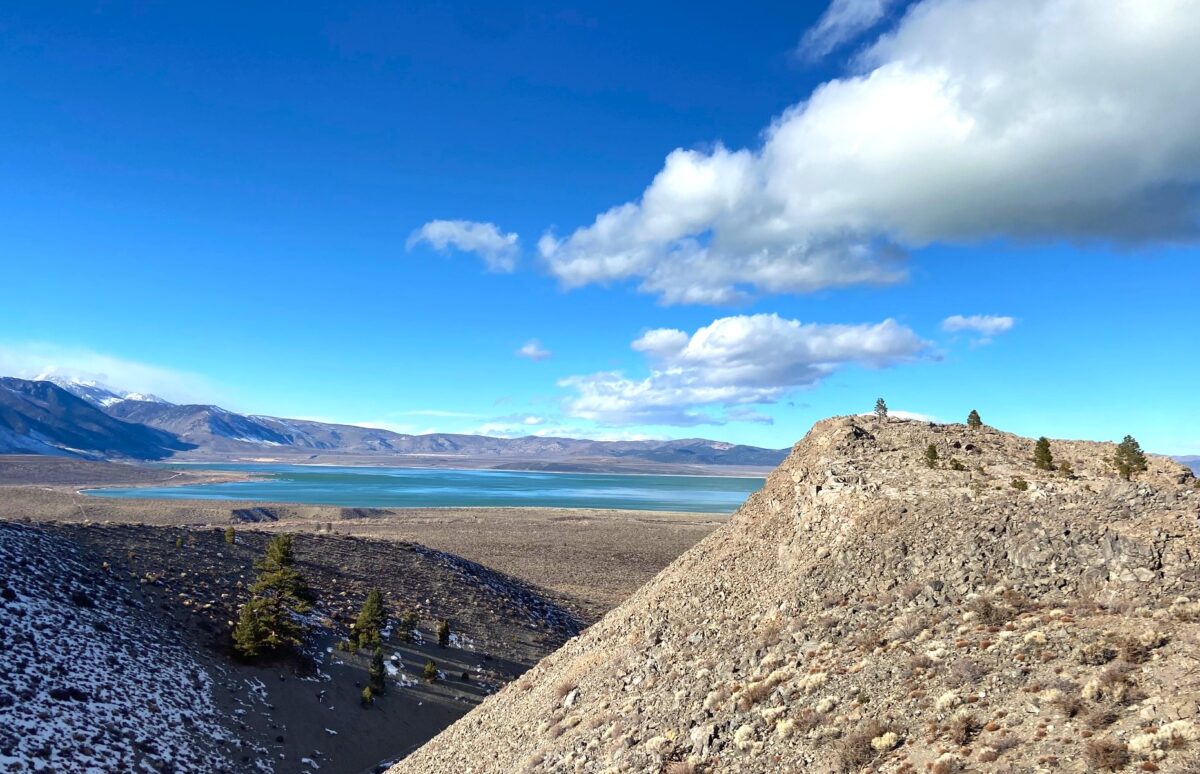
Here’s what else I’m reading (and listening to) this week:
Los Angeles indicated it would divert less water from Mono Lake this year. That’s not happening, according to CalMatters.
Grist peeks inside the Energy Department’s partnership with the country’s largest lobbying group for the plastics industry.
Wildfire recovery looks vastly different depending on your insurance company, from The Associated Press.
Farmers are also feeling the effects of federal funding freezes. More from The Washington Post.
The federal government violated international human rights law when it permitted a Northern Nevada lithium mine, according to a new report presented by the Nevada Current.
A closer look:
America’s Buffalo Soldiers were instrumental in shaping some of America’s Western national parks, including Sequoia, Yosemite and Kings Canyon. Among their many projects, they constructed the first trail to the top of Mount Whitney, the highest peak in the continental 48 states. Standing at 14,505 feet, it is more than 1,000 feet higher than nearby Boundary Peak, Nevada’s highest point, which measures 13,147 feet in elevation.

